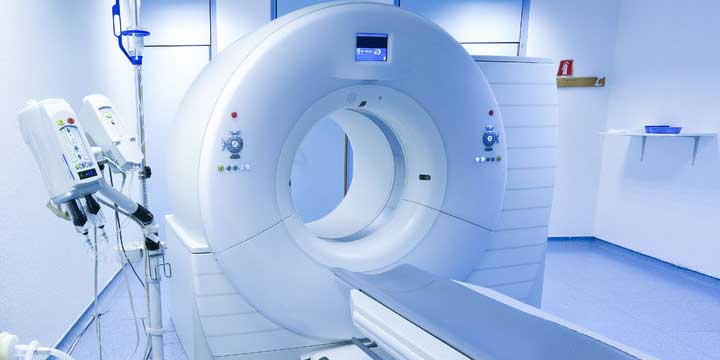Mumbai, 8th October, 2015: Attune Technologies, a pioneering healthcare IT product company that delivers an integrated cloud based system for healthcare delivery organizations has been awarded the prestigious “Emerging Company of the Year 2015” by leading global research firm, Frost & Sullivan. Attune was chosen amongst several other industry players, for its technological innovation in the healthcare space. The award will be presented to Arvind Kumar, Founder & CEO and Dr. Anand Gnannaraj, Co-Founder and Chief Medical Officer at the 7th Annual India Healthcare Excellence Awards 2015 to be held on October 9, 2015 at Hyatt Regency, Mumbai.The award is in recognition of Attune Technology’s innovative product offerings and services in the healthcare category.
Speaking on the occasion, Arvind Kumar, Founder & CEO, Attune Technologies said “We are pleased to be recognized for our relentless work by a reputed and global research company. It not only re-affirms our technological strength but is also a testimony to our commitment towards innovation in the healthcare space. Such recognition compliments our efforts to achieving greater milestones and inspires us to create a world-class healthcare ecosystem in India”.
Dr. Anand Gnanaraj, Co-Founder and Chief Medical Officer, Attune Technologies further added, “ Attune is poised to change the healthcare IT landscape bringing operational efficiencies that actually save lives and recognitions such as this is a testament to the amazing work being done by the team at Attune”.
Attune Technologies currently offers cloud based solutions to over 150 hospitals, laboratories and clinics in India and globally and manages more than 8 million patient records on cloud. The platform provides hospitals, labs, and clinics with integrated services – management of patient data, scheduling and billing & workflow on the cloud.
About Attune Technologies
Attune Technologies is a pioneering healthcare IT product company that delivers a truly integrated cloud based system for healthcare delivery organizations. Its technology platform can serve a single GP clinic up to a national HIS/EMR network. Attune is constantly innovating new solutions for the entire healthcare value chain. Attune has acquired 150 clients globally and has created a niche in the market with its technology innovation. The company’s platform interfaces with over 800 devices such as lab analysers and ICU machines to absorb labs into the health network. In interfacing with them, Attune is bringing to life the concept of Internet of Things or a connected universe for the entire healthcare sector. With plans to seed its software into primary healthcare centers and hospitals across tier-2 and tier-3 cities, Attune plans to establish the most comprehensive health network in India and take its innovation overseas.
Media Contact:
Rajlakshmi Raghavan – Sr. VP, Marketing
Email: raji@attunelive.com






